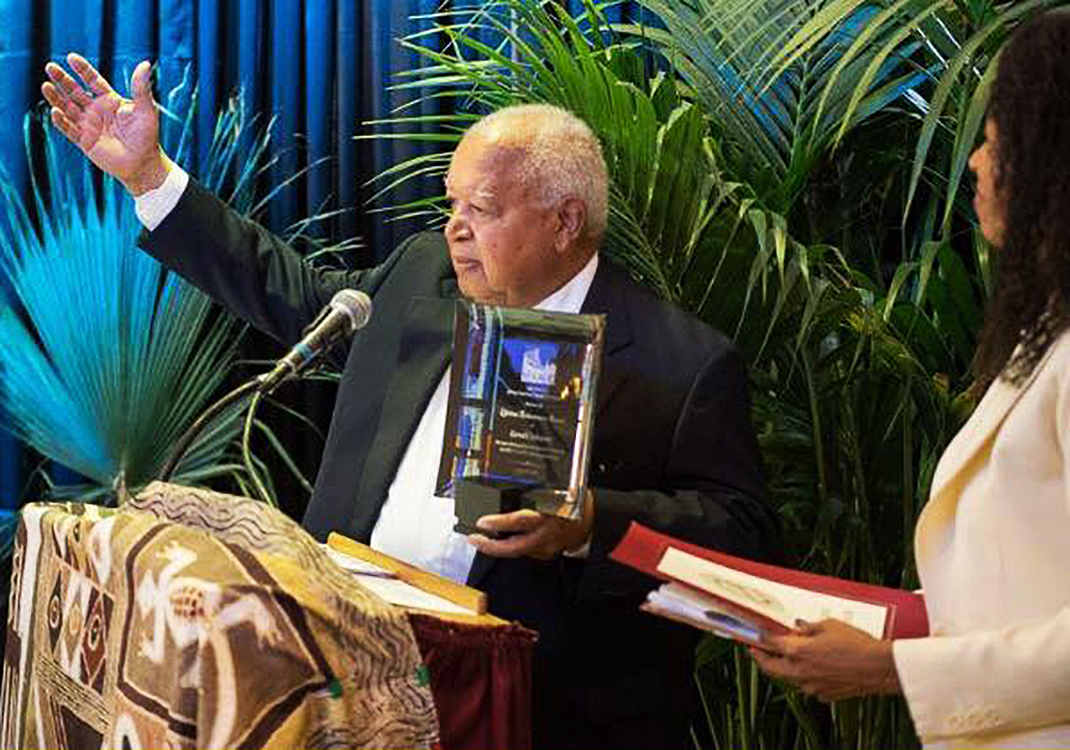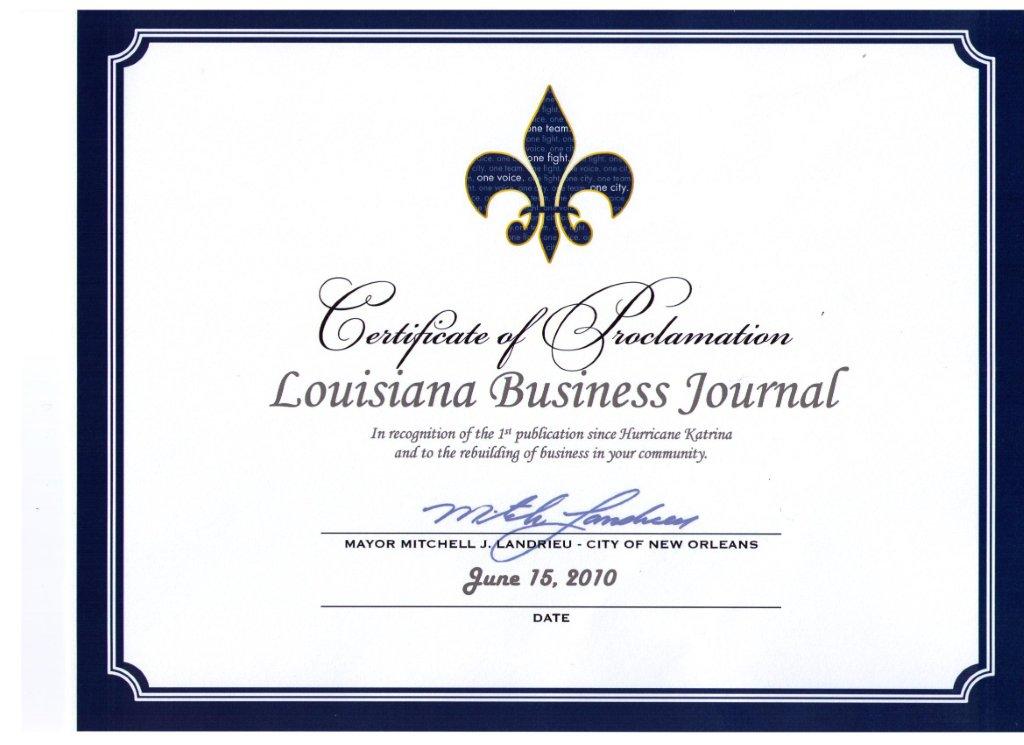Gerald W. Johnson: Champion of Diversity at 99
01/23/2024
 By Kato Cooks By Kato Cooks
Gerald W. Johnson is a living, breathing LEGEND; reserved, dynamic, brilliant. He is a quiet cannon of activism. He is history alive.
Johnson is perhaps best known as co-founder, along with his spouse and business partner, Valerie Voorhies, of the San Francisco-based Small Business Exchange (SBE) newspapers in 1984. SO much happened before that.
On March 2, 1955, Claudette Colvin, then fifteen years old, was arrested in Montgomery, Alabama, for refusing to relinquish her seat, on a public bus, to a white woman. In 1956, she, along with fellow plaintiffs Aurelia Browder, Susie McDonald, and Mary Louise Smith, prevailed at the United States Supreme Court (Browder v. Gayle) in striking down discrimination in public transportation.
 Of course, we all remember Rosa Parks, also in Montgomery, Alabama, in the same situation on December 1, 1955 (nine months after Claudette Colvin’s arrest), which launched the successful Montgomery Bus Boycott. This shot the name of Reverend Dr. Martin Luther King Jr. into the national consciousness. Of course, we all remember Rosa Parks, also in Montgomery, Alabama, in the same situation on December 1, 1955 (nine months after Claudette Colvin’s arrest), which launched the successful Montgomery Bus Boycott. This shot the name of Reverend Dr. Martin Luther King Jr. into the national consciousness.
In 1967, the Black-owned National Economic Growth and Reconstruction Organization (NEGRO), opened bus routes in Watts, an impoverished area of Los Angeles—this owing to the inferior, when it existed at all, bus service provided to residents.
But in 1946, nine years before Montgomery, Alabama, and nearly twenty years before the 1965 Watts Rebellion, and more than twenty years prior to the NEGRO bus service in Watts, Gerald W. Johnson was handling our business.
He Refused to Move
Johnson had just returned to his hometown of New Orleans, Louisiana, in 1946, after World War II service in the United States Navy. Johnson and a companion were on a bus headed home when the driver directed him to move behind a “Coloreds Behind This Sign” demarcation. Johnson refused. The driver threatened to call the police; still, Johnson refused with this retort: “You can call yo’ mama. I ain’t sittin’ behind no sign.” Some of us understand.
Prudence prevailed sufficiently for Johnson and his companion to disembark at the next stop. His family and friends then hurried him out of town, with a one-way ticket to San Francisco, California.
Johnson’s California legacy launched almost immediately. Shortly after getting settled in San Francisco, he occasioned to organize a successful picket line to protest the dearth of Black workers employed in retail shops in the Filmore District.
Next, he and some friends formed the Civic Progressive Union and took the protest to San Francisco’s theatre district. Later, the local NAACP joined in with its support.
It didn’t stop there—and why would it? Johnson organized in the Carpenters Union to get more Black business agents hired. That organizing continues in Southern California to this day.
And where titans connected, Johnson got renaissance man Paul Robeson booked into a local Black church to perform, at a time when Robeson was blacklisted in the United States and unable to secure concert bookings.
In 1969, according to research by writer Marie Sheahan Brown, “(t)he Martin Luther King–Marcus Garvey Square Cooperative Apartments were slated for the Fillmore District—the first in San Francisco to be built by Black construction workers.” Johnson, however, decried the absence of Black-owned lumber companies involved in the effort—so he started one. By the mid-1970s, the United Minority Business and Professional Association, founded by Johnson and under his direction, negotiated an affirmative action program for the reconstruction of San Francisco’s public schools (aptly called ABLE: Asian-Black-Latino Enterprises). (Reference: The Postwar Struggle for Civil Rights, African- Americans in San Francisco, 1945–1975, by Paul T. Miller.)
And there is the thriving Small Business Exchange, which boasts three online and print publications covering the nation from coast to coast.
“SBE was founded with the explicit purpose of providing small (minority-, woman-, disadvantaged-, disabled-, disabled-veteran- and veteran-owned) businesses with access to information that enables them to successfully enter and compete in the US economy. The goal was to provide a communications network that would serve as an alternative to the 'old-boy network.' As such, the SBE communication network is designed to cut across the many institutions that house information and to put small businesses in direct contact with the information they need to successfully compete for private and public-sector contracting opportunities.” (Reference: SBE, Inc.) Gerald W. Johnson is a sterling, indefatigable champion of activism. Happy birthday, good sir, and thank you for your service. Kato Cooks is a contributing writer with SBE (since 2008) and a professional member of the National Association of Black Journalists and the National Press Photographers Association. He has been published in Tanzania, Algeria, Cuba, and the Americas. As an avocation, Cooks is a documentary filmmaker. His animated documentary, Hibakusha, is streaming on Amazon Prime presently. He is in pre-production, with dominatrix Regina Bolton’s Domme Side Productions, on an as-yet untitled film.
Source:Medium
Back To News |
|
|
|
|
||
|
© 2024 Small Business Exchange, Inc. |
||








